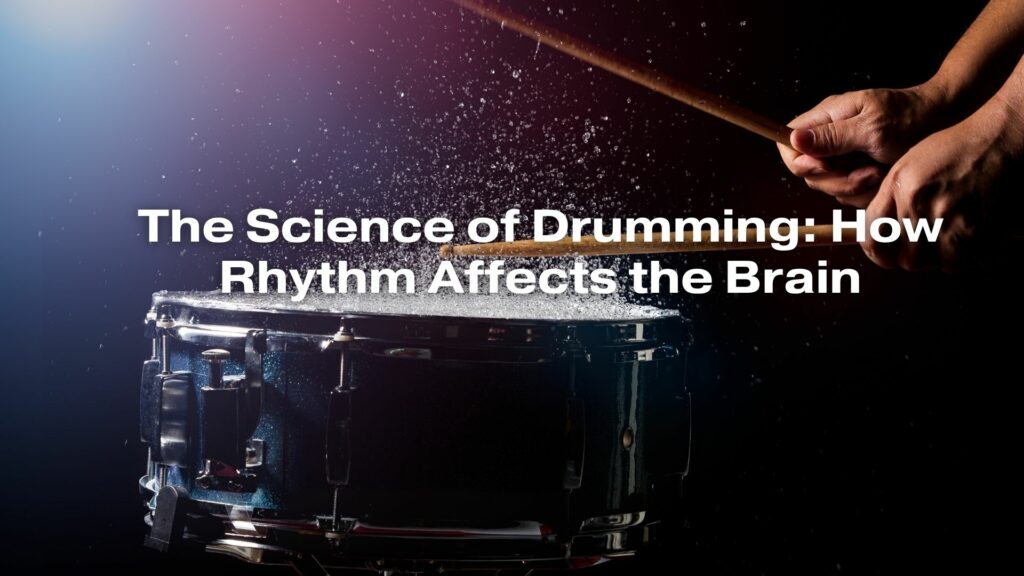Music is a universal language that has the power to evoke a wide range of emotions and feelings. Among the various elements of music, rhythm is one of the most fundamental. When it comes to rhythm, drums take center stage. The science of drumming and how rhythm affects the brain is a fascinating subject that sheds light on the profound impact of music on human cognition and emotion.
The Brain’s Rhythmic Nature
The human brain is inherently rhythmic. Neurons in the brain fire in rhythmic patterns, creating electrical impulses that underlie our cognitive processes and behaviors. This inherent rhythmic activity forms the basis for how our brains process and respond to external rhythms, such as those produced by drums.
Rhythmic patterns in music resonate with the brain’s natural rhythms, leading to various cognitive and emotional responses. Understanding how the brain processes rhythm and how drumming interacts with this process is at the heart of the science of drumming.
The Neurological Response to Rhythm
When we listen to or play music with a strong rhythmic component, such as drumming, several key brain regions are engaged. These areas include the auditory cortex, which processes sound, and the motor cortex, which controls movement. As we tap our feet, bob our heads, or play a drum, the motor cortex becomes particularly active, synchronizing our movements with the rhythm of the music.
The cerebellum, a region responsible for coordination and timing, also plays a critical role in processing rhythm. When drummers play a beat, their cerebellum is responsible for maintaining precise timing and coordination. This coordination extends beyond the physical movements and influences cognitive functions as well.
The Emotional Impact of Rhythm
Rhythmic patterns in music have a profound emotional impact. Drumming, with its primal and visceral nature, can evoke a wide range of emotions, from excitement and joy to relaxation and introspection. The emotional response to rhythm is closely linked to the brain’s limbic system, which controls emotions.
Drumming has been used in therapeutic settings to help individuals manage stress, anxiety, and depression. The rhythmic nature of drumming can stimulate the release of endorphins, which are natural mood enhancers, and help individuals achieve a state of flow and relaxation.
Synchronization and Social Bonding
Drumming, often performed in group settings, also has a social aspect that is deeply rooted in our evolutionary history. When people drum together, their movements and rhythms can synchronize. This synchronization creates a sense of unity and social bonding, enhancing group cohesion and cooperation. The brain’s mirror neuron system, responsible for understanding the actions and emotions of others, plays a role in this process.
Conclusion
The science of drumming offers a profound insight into the intersection of music, rhythm, and the human brain. Rhythmic patterns in music engage multiple brain regions, influencing both cognitive processes and emotional responses. Whether you’re a drummer or a music enthusiast, understanding how rhythm affects the brain underscores the power of music to connect with our most fundamental cognitive and emotional processes. The next time you tap your foot to a beat or immerse yourself in a drumming session, remember that you are not only experiencing the music but also delving into the intricate workings of your brain.


